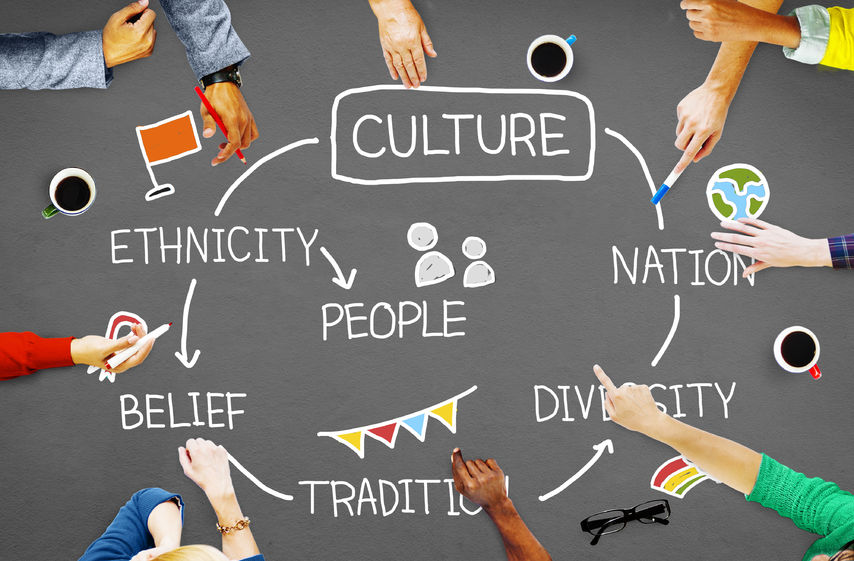
“Hygge” and “Gezellig”: Using Cultural Insights to Enhance Translations
by Chad Richardson
When you translate something from one language into another, you leave behind one set of meanings and cultural assumptions and you take on another. It’s a little like changing from one set of clothes into another. One dress may be more suitable for work while another one might be more suitable for a date. Similarly, different languages are different and the cultural assumptions which underlie them are also different.
Advertising and Cultural Values
For example, let’s say that you’re trying to sell a certain beauty product in two different countries. Will the same type of advertising work in both countries? Probably not. This is because the two countries have different cultures and those different cultures value different things in terms of beauty.
Different Values in Different Countries
For example, if you’re trying to sell face cream, you might have to emphasize its blemish-removing powers in one country (where clear skin is valued highly). But you might have to emphasize its moisturizing powers in another (where, perhaps, the weather is very cold and face cream is used more in order to avoid dryness of the skin).
Translation and Advertising
Of course, it’s not entirely up to the translator to make changes such as the above. The entire advertising team will have to be involved in order to get the wording just right. But it’s also necessary for a translator to be aware of cultural differences so that they don’t just do translations by rote. They can also consider the culture in which the product is going to be sold or the culture in which the document is going to be read before beginning the process of translation. Plus, if the cultural difference is a mild one, then they can also substitute one word for another and make a company slogan or an advertising slogan more effective.
“Hygge” and “Gezellig”
There are certain words which resonate within certain cultures such as the Danish word “hygge” which emphasizes a feeling of coziness in order to be happy or the Dutch “gezellig” which indicates something comfortable, cozy and friendly. By keeping such words in mind, a translator can make use of a cultural partiality towards a certain feeling and enhance the effect of an advertisement or document.
Contact us to learn more about effective translation for advertising purposes.
Related Articles
AI-Powered LQA and Human Review: The Smartest Way to Scale Localization
Every multilingual project begins with ambition: the ambition to connect, to scale, and to meet global audiences where they are. But ambition often collides with the reality of manual language review processes that strain valuable resources. This friction delays launches and diminishes the agility brands need to thrive internationally. The answer is not replacing people…
Connecting Through Language: Why Global Brands Are Investing in Multilingual Video
In today’s digital world, attention is the most valuable currency—and it’s increasingly multilingual. For brands expanding across borders, creating content that resonates globally isn’t just a competitive advantage; it’s a business necessity. Whether you’re onboarding a workforce, educating customers, or entertaining the masses, your audience expects more than a translated script. They expect localized video…
The Formula for AI-Powered Automation: A Scalable Approach for Any Business
Automation is not just about implementing new tools—it’s about creating a culture of innovation and efficiency. The most successful companies don’t just adopt technology; they build cross-functional teams of problem-solvers who thrive on optimizing workflows, streamlining operations, and driving digital transformation. At Keylingo, we’ve spent years refining AI-powered automation strategies, testing tools, and improving processes.…
here
for you
We’d love to learn more about your translation and localization needs.